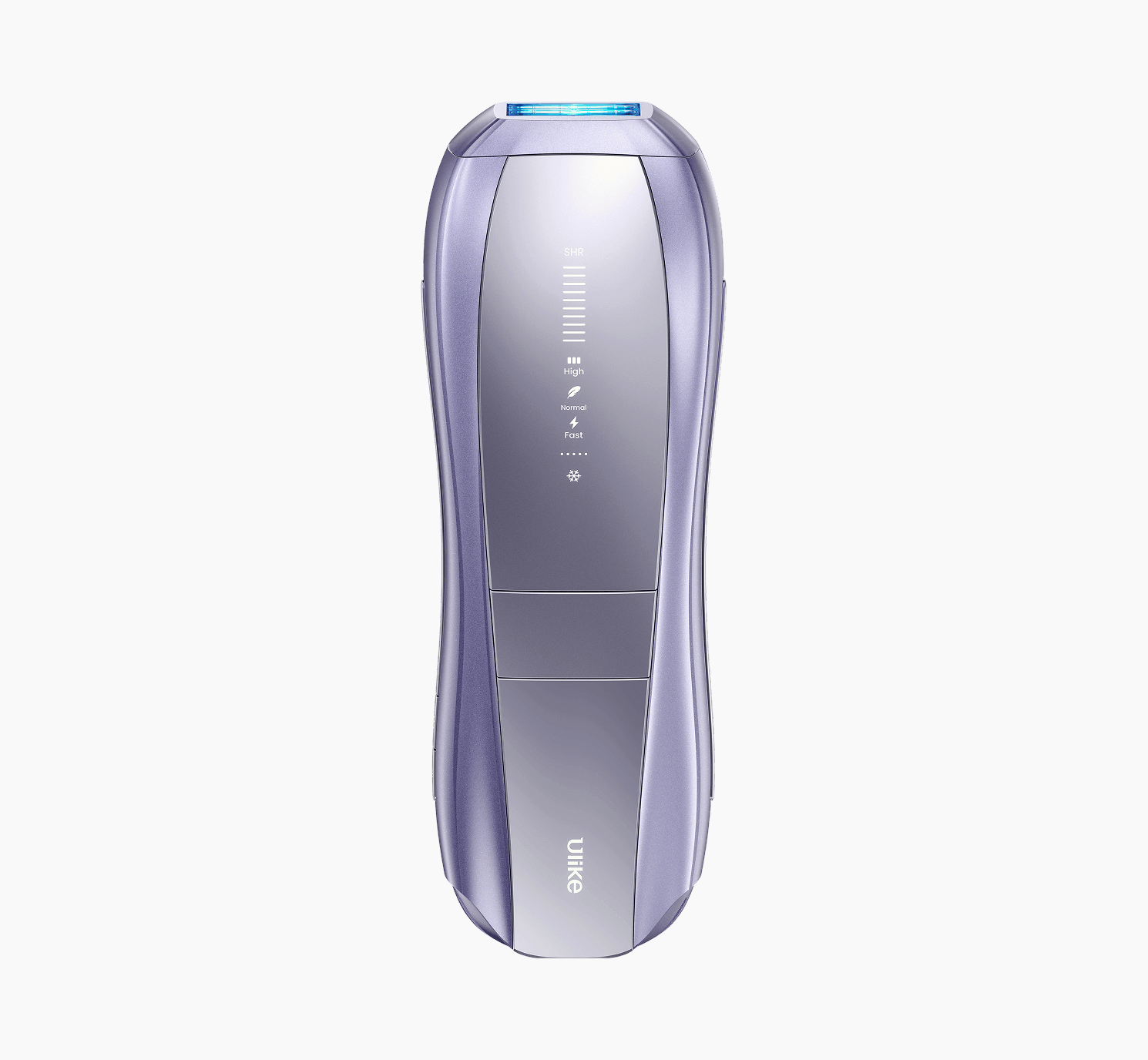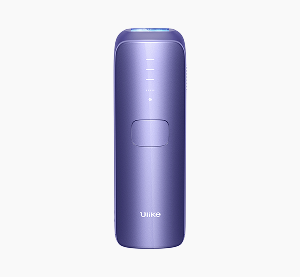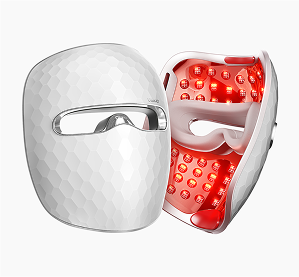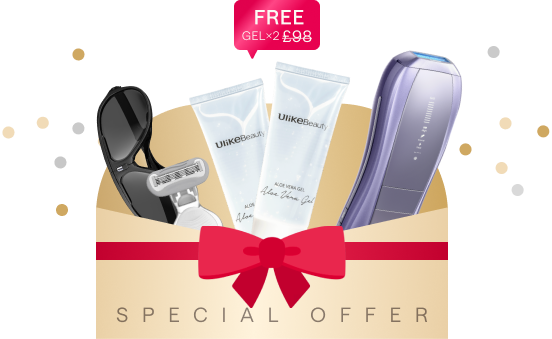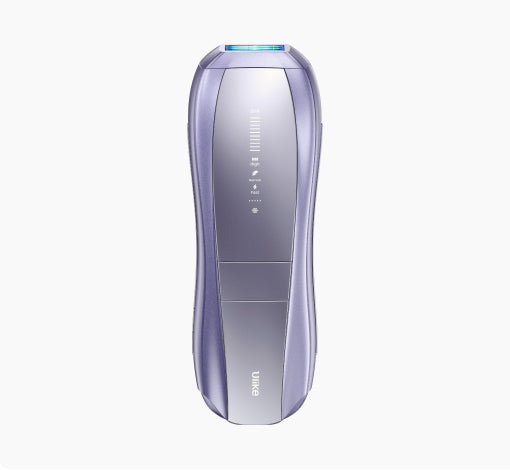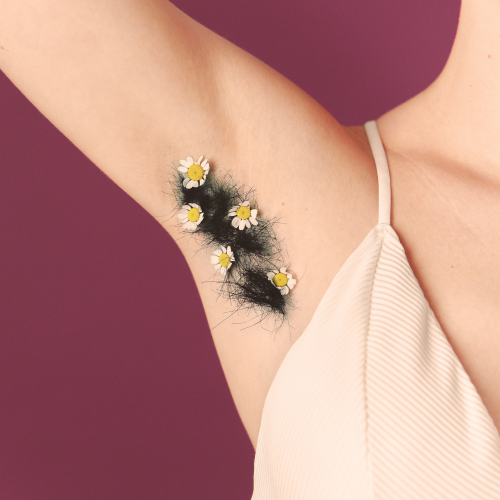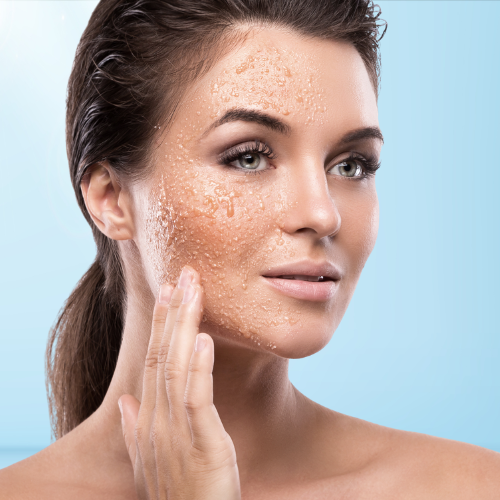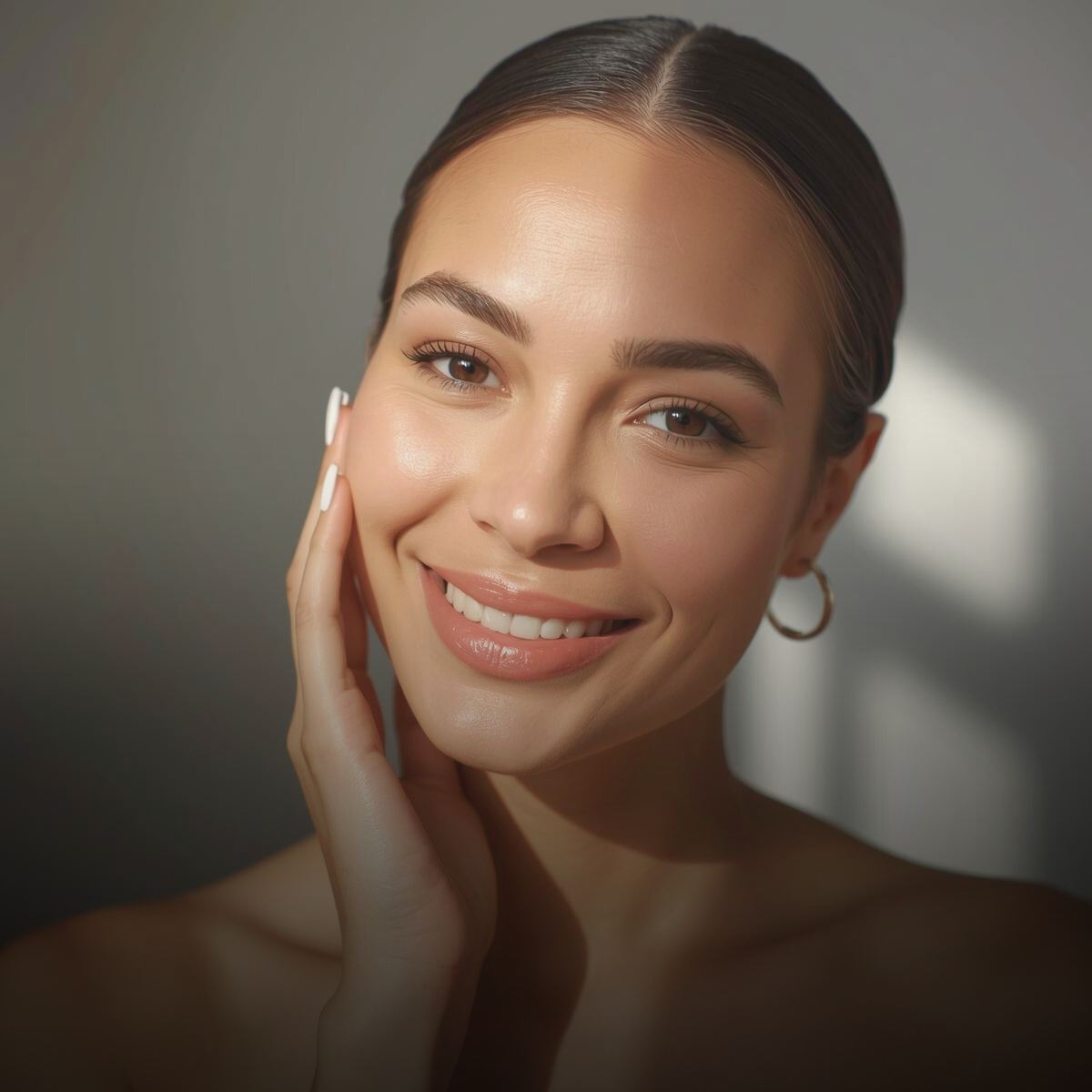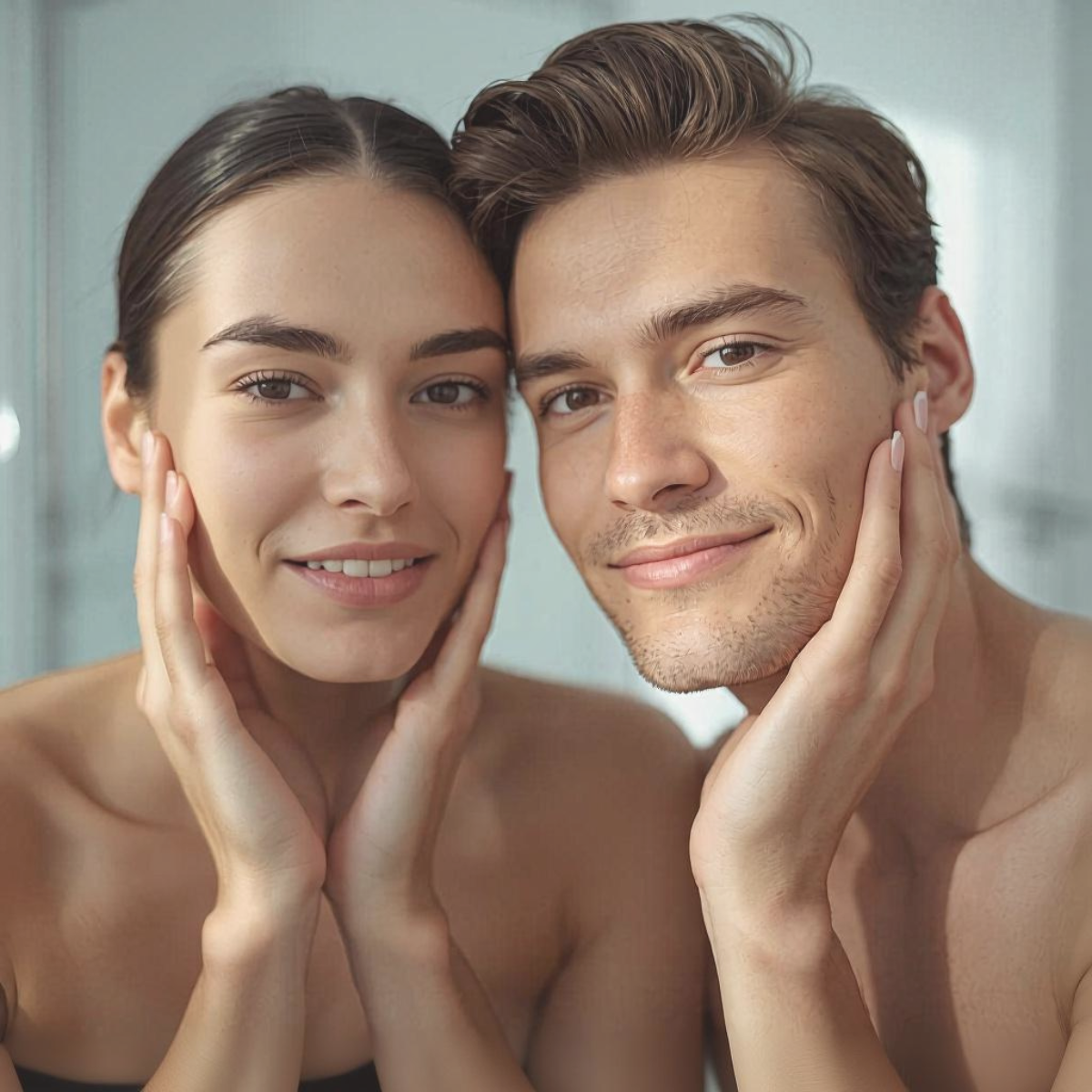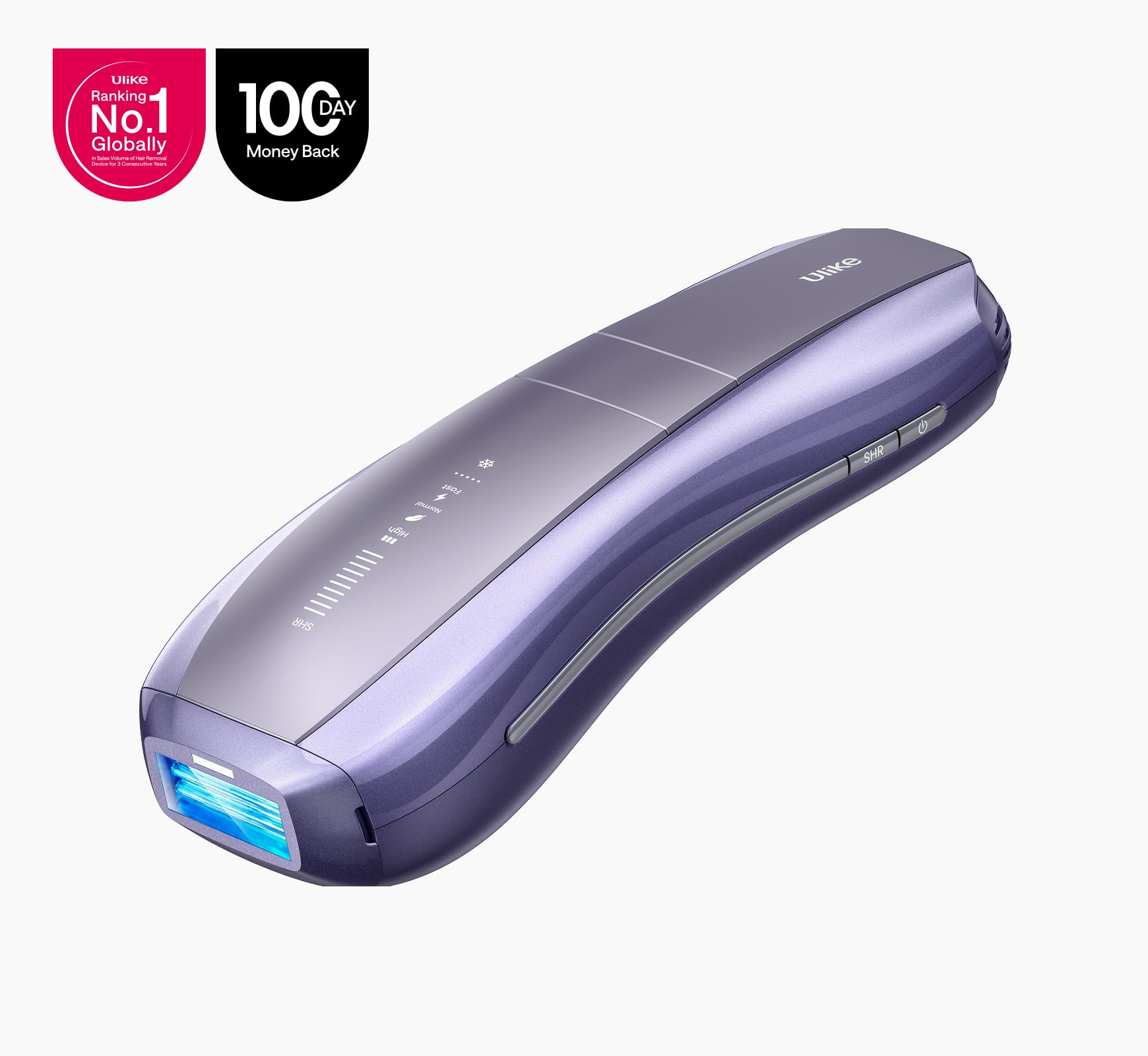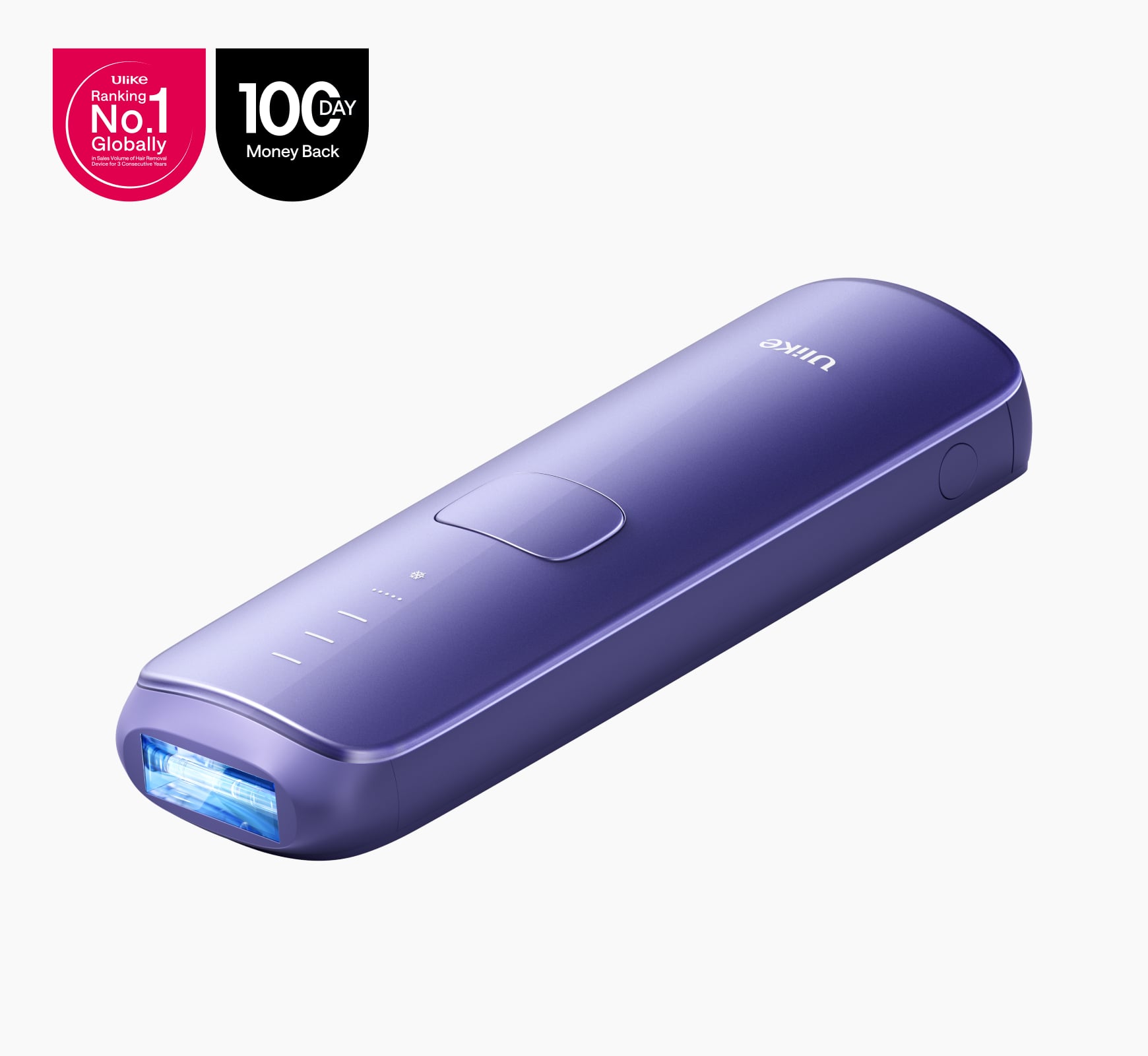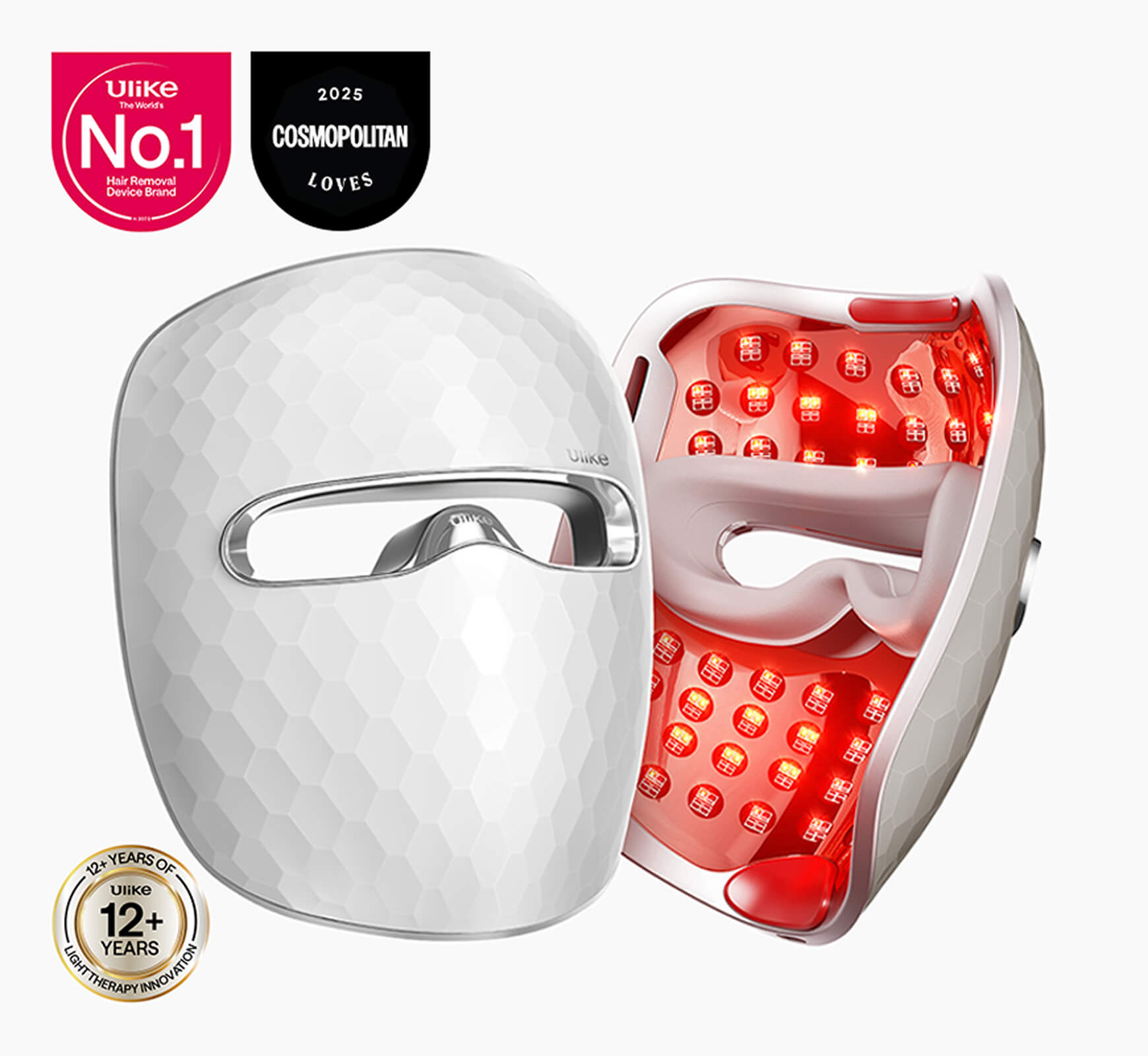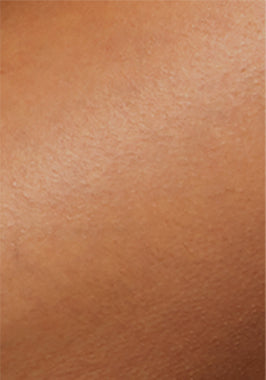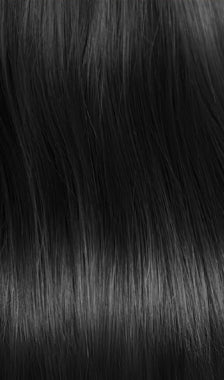Where Our Bikini Hair Removal Journey Began
There’s something oddly complicated about managing hair along the bikini line. We all want smooth skin, yet every method seems to come with a trade-off: shaving brings bumps, waxing can be brutal, and creams sometimes leave the skin more sensitive than before. It’s no wonder more people in the UK are looking for longer-lasting solutions that don’t involve a monthly appointment with pain.
That’s how we ended up looking into laser and IPL treatments. They’ve moved from high-end clinics into everyday conversations, promising a calmer, smoother experience with results that actually last. But with so many options, it’s easy to feel unsure about what’s safe, what works, and whether at-home devices can really compare to professional laser sessions.
In this guide, we share what we’ve learned about bikini hair removal—how laser and IPL treatments work, what they feel like, and how to keep your skin calm afterwards. We’ll also touch on our experience using Ulike’s IPL device at home, which has become one of the more accessible ways to manage bikini hair in between or instead of salon visits.
What Is Bikini Laser Hair Removal?
Bikini hair removal has become one of the most effective ways to reduce unwanted hair along the bikini line and intimate areas. Instead of cutting or pulling the hair, it uses light energy to target the follicle beneath the skin, slowing regrowth and, over time, leading to smoother skin that lasts far longer than shaving or waxing.
What Happens During a Bikini Hair Removal Session
In a salon, a trained technician uses a handheld device that emits a focused beam of light. This light is absorbed by the pigment in the hair and turns into heat, which weakens the follicle so new growth becomes finer and less noticeable.
The sensation is brief, often described as a quick snap of warmth against the skin and each session usually takes between 15 and 30 minutes, depending on how much of the bikini area you’re treating.
It’s normal to need several sessions because each follicle is at a different growth stage. Most people in the UK see visible results after four to six appointments, spaced a few weeks apart.
Laser vs IPL: What’s the Difference?
Laser hair removal and IPL (Intense Pulsed Light) are often confused as one thing, but they are different technologies. A laser uses one concentrated wavelength of light to heat the hair follicle very locally and precisely, while IPL uses broad-spectrum pulses that irradiate a larger area.
It is generally assumed that in clinics, lasers are more potent and thus quicker in achieving results. In comparison, IPL has become a trend for home use since it is typically a gentler method, an easier device to handle, and is thought to be safer for regular treatments with a short recovery period.
When deciding on one of the two methods, the difference in skin smoothness that was expected to be significantly large turned out to be not so much, especially in the case of the latest at-home IPL devices like Ulike that keep the energy output constant and have a skin tone sensor for safe treatment of the sensitive area.
Is It Safe for All Skin Types?
How safe a person is depends on whether the technology is properly matched with the person's skin tone and hair color. In a statement to the NHS, it is said that both laser and IPL are most effective on darker hairs, as the light is absorbed by the pigment in the hair, not the skin. Those with light hair, grey hair, or very dark skin may find it more difficult, so a test patch is absolutely necessary if you want to be safe.
If you want to use it at home, it will be of help to you if you confirm that your device is equipped with a skin tone sensor and has clear instructions for usage around the bikini line. Professional clinics will perform this evaluation for you, but it is always a good idea to be just as careful when you are doing it yourself at home.

Benefits of Laser for Bikini Hair Removal
Most of us first try laser or IPL treatments for one simple reason: we’re tired of irritation. The bikini line is one of the most sensitive parts of the body, and the usual options — razors, waxing, depilatory creams — can leave the skin angry and uneven. After a few rounds of laser or IPL, the difference is noticeable.
Longer-Lasting Smoothness
The biggest shift is how long bikini hair removal results last. Once the follicles are weakened, hair grows back slower and softer. Instead of shaving every few days or booking a wax every month, you can go weeks, even months before noticing regrowth. Over time, the bikini hair becomes lighter, and some patches stop growing iin the area altogether. It’s not instant, but it’s worth the wait.
Fewer Ingrown Hairs and Less Irritation
If you have ever gotten ingrown hairs due to shaving or waxing, you must know how irritating they can be. Since laser and IPL lessen the number of follicles in the growth phase, there are thus fewer ways in which hairs can get tangled back into the skin. That is why the skin feels smoother and looks more even, thus the irritation that usually appears at the folding of the skin calms down.
We did not have to constantly soothe razor bumps or redness, which was one of the most satisfying changes for us. Even skin felt and looked more even, healthier, and fresher, which is just a couple of sessions' result.
Week 5-6: Time for Your Next Appointment
From a personal standpoint, salon laser treatments might be considered quite expensive, specifically if you compare their price to that of a pack of razors or a jar of wax. However, if you include the time period during which the results last in the calculation, the price per month becomes very low. Also, the price is spread out much more when you buy an at-home IPL device.
We are, in fact, using Ulike's IPL handset for maintenance, and the whole thing has turned out to be quite a good money-saving method, which we did not expect. The device becomes free after a few uses, and it is the perfect way to keep the results from any salon sessions for longer.
More Confidence, Less Maintenance
Having smooth skin is not only for the looks. It is really about the feeling of being comfortable in your own body. In case that is what you mean, going to the beach without being embarrassed of your body because you have some hairs that are sticking out or just feeling nice and clean after you have taken a shower, laser and IPL treatments help to eliminate that little bit of anxiety which is always there when we think of grooming.
Apparently, it is not the issue of completely removing hair forever but just determining which method would be the most suitable for your skin and your daily routine.

What to Expect During a Bikini Hair Removal Session
The initial session of bikini hair removal is usually the one that causes the most anxiety, and that is mainly because of the feeling of uncertainty. However, it turns out that the whole thing is quite a usual affair after the first time. If you are going to a clinic or operating an IPL device at home, knowing the steps will make you ready and at ease.
Before Bikini Hair Removal Session
Most professionals will advise you to shave the area that is going to be treated a day before your appointment. This way there is still enough hair under the skin for the light to target without burning the surface. Also, it is very important not to expose your skin to the sun, or use tanning lotions, or be heavily scented with products for a few days before. These can make your skin more sensitive to heat.
Typically, clinics will begin with a brief consultation and a patch test. The patch test determines how your skin reacts to the light - a very important safety step that should never be omitted. If you have an at-home device, similarly, take the same precaution. Several, such as Ulike's IPL, are equipped with skin tone sensors, but it is still better to test a small area first.
During Bikini Hair Removal Treatment
In a professional clinics, the therapist will outline the area and calibrate the laser to suit your skin tone and hair colour. You will be provided with protective glasses, and the operator will start the procedure by pressing the instrument against your skin in short bursts. The heat each time is quick and can be likened to a gentle snap from a rubber band. It is very brief, the pain is bearable and the procedure ends very quickly.
With an at-home IPL the means are also the same but the pace is slower. The movement, the power level and the number of passes are all up to you. That control which you have makes it less scary and once you are in a rhythm it is rather like doing a relaxing self-care ritual than a task.
After Bikini Hair Removal Session
There might be a little redness on the skin after the treatment, and the skin may also feel warm, which is similar to a very mild sunburn. Most of the time, the redness disappears within a few hours. The area can be cooled with the help of gels or aloe vera, and breathable cotton underwear is always a good thing.
Such things as hot baths, saunas, or exercise should be avoided for a period of about 24 hours, and you should not expose yourself to the sun for at least a few days. These easy-to-follow steps, however, go a long way in helping to prevent the skin from being irritated and in maintaining the results.
Bikini Hair Removal At-Home Alternatives
There are people who would definitely not want to commit to multiple visits to a clinic or spend hundreds of pounds on professional laser treatments. After all, this is the reason why at-home IPL (Intense Pulsed Light) devices have gained so much popularity in the UK. These devices use the same concept of light-based hair reduction but in a more convenient way, i.e. in your own bathroom without appointment pressure or salon prices.
How IPL Works at Home
IPL devices emit regulated light flashes that pinpoint the pigment in the hair, similar to how a laser would do. The significant difference between them being the power and the area of the light. A lower intensity and a wider wavelength range are used in a home device which makes it more gentle but you will have to repeat the sessions more frequently.
The light from each flash is absorbed by the hair follicle, thus the regrowth will be slowed. The process is not painful, but you will feel a quick heat pulse - a sensation that is very far from the sting of waxing. Hair can become visibly thinner and the intervals between treatments can be longer if IPL is used regularly for several weeks.
Why We Use IPL for the Bikini Line
After salon laser and at-home IPL were both tried, we concluded that the most significant benefit of IPL is its portability. Just to name a few: One can effortlessly plan treatments in accordance with one's life, reheat when necessary, and concentrate on the areas that get unevenly re-grown. In particular, the bikini line is the one that benefits most from such versatility since the regrowth there can be quite volatile.
We primarily use Ulike's IPL device for the continuation of the work, and the main reason for that is the device is equipped with its own safety features which make home treatments simple and safe. The device calibrates to your skin tone automatically which is very helpful in cases of less irritated sensitive areas. What is even more important, however, is that the device fits comfortably against the body's curves, something that not all devices can do.
Usually, we start at the lowest level and increase gradually once the skin is acclimated. Over time, the change in texture becomes quite noticeable. The skin remains serene, and the hair gets thinner with each treatment.
Safety Tips for At-Home IPL
Always do a patch test first. Even if the device includes sensors, it’s important to test a small area before a full session.
Work on clean, dry skin. Avoid creams, deodorants, or oils before treatment.
Wear protective glasses if the device doesn’t come with built-in filters.
Be consistent. Most devices show real results after six to eight sessions, spaced weekly or fortnightly.
Moisturise afterwards. Use a fragrance-free lotion or aloe vera to calm the skin.

How to Prepare for Bikini Hair Removal
Good preparation makes a huge difference in how your skin reacts to laser or IPL. The bikini area is delicate, and a little care before and after each session keeps it calm, smooth, and less prone to irritation.
Before Your Session
1. Shave, don’t wax.
You’ll get the best results if the light energy can reach the follicle beneath the skin. Waxing removes that target, while shaving leaves the root intact. Aim to shave 24 hours before your session so the surface is clear but the follicle remains visible.
2. Avoid sun exposure and tanning products.
Tanned skin is more sensitive to light and can absorb more heat than intended. It’s best to stay out of direct sun and skip self-tanners for at least a week before treatment.
3. Keep skin clean and product-free.
Avoid scented lotions, oils, or deodorants on the treatment day. These can cause reactions when exposed to light.
4. Do a patch test.
Even if you’ve had previous treatments, it’s wise to check how your skin responds each time — especially if you’ve used exfoliating acids or retinols recently.
Week 2: Begin Light Exfoliation
After 48 hours, you can begin light exfoliation to prevent ingrown hairs. Use a gentle exfoliator 1-2 times a week to remove dead skin cells and promote hair growth in the right direction. Soap & Glory and The Body Shop both offer mild scrubs that will not irritate your skin. If you prefer a chemical exfoliant, The Ordinary Glycolic Acid is a popular option in the UK.
Aftercare Essentials
Once the session is done, your skin will need a bit of rest. Think of it like post-sun care: gentle, cool, and minimal.
1. Soothe the skin.
A thin layer of aloe vera or a fragrance-free gel can help calm warmth or redness.
2. Keep it breathable.
Opt for cotton underwear and loose clothing for a day or two. Friction and tight fabrics can trap heat.
3. Avoid heat and sweat.
Skip saunas, hot baths, and intense workouts for 24–48 hours. The follicles need time to recover, and heat can trigger irritation.
4. Stay out of direct sun.
Use SPF on any exposed areas if you’re heading outdoors. This prevents pigmentation and protects the new, sensitive skin.
5. Let the skin settle.
It can take a few days for the follicles to shed the treated hair. Don’t exfoliate or pluck during this stage. Patience keeps the skin barrier intact.
These steps might sound simple, but following them consistently helps maintain smooth, even-toned skin and reduces the risk of bumps or sensitivity.
Common Myths About Bikini Hair Removal
Even though these bikini hair removal methods have become extremely popular, there are still numerous myths that go around, particularly regarding the use of these methods in the bikini area. Some of these originate from obsolete technology, whereas others are simply rumors that are being passed on from one person to another without verification.
We have tested both professional and at-home treatments, so we can definitely say that there are a few false ideas that we can eliminate with certainty.
Bikini Hair Removal is Too Painful
This is likely the fear that people have most often, and it is quite reasonable. The idea of one concentrated light beam hitting a very sensitive area sounds like it would be painful. However, it is actually just a very brief flicker of heat rather than pain.
Cooling gels or air systems are utilized in beauty clinics to keep the skin comfortable. Most IPL appliances currently available are also equipped with cooling plates that alleviate the area immediately after each flash at home.
We tried one of Ulike’s IPL handsets, which has integrated cooling technology, to which we felt a slight and very mild sensation, much less than waxing or epilating.
IPL Bikini Hair Removal is Unsafe for Darker Skin Tones
This myth is from the early days of laser treatments, when machines were not able to differentiate well between skin pigment and hair pigment. But new machines have very sophisticated sensors that they change the power according to your skin color.
Also, the National Health Service recommends that people with very dark skin or very light hair should be careful, but it does not mean that they cannot do it. What it means is that you should find a device that is able to work be a wider range of tones. Most home IPL devices, such as Ulike's latest models, usually have an automatic skin tone detection feature for this exact reason.
IPL is Permanent After One Session
Laser and IPL hair removal methods are both quite similar in that they lead to reduced hair growth over time, there is no permanent stoppage of growth with just one treatment. Generally, hair grows in cycles, so only the hair follicles that are active during the treatment will be destroyed. For this very reason, the number of sessions, usually six to eight, is therefore necessary to get a lasting effect of smoothness.
It is common to have a few bikini hair removal maintenance treatments every several months after finishing a complete course to keep the result. Gradually, you will see that the hair will grow lighter and less regularly, which is definitely a sign that the treatment is effective.
IPL Can't Be Done on the Whole Pubic Area
Most of the bikini area can be safely treated with laser and IPL, but how much you decide to do is your own choice. Some people just remove the hair from the bikini line, and others go further. If you are with a professional, share your feelings before the treatment, and they will adjust the settings and coverage accordingly.
While using an at-home IPL, be sure to adhere to the safety instructions provided by the manufacturer. Certain devices may indicate the areas that are suitable for use based on skin sensitivity. It is always better to proceed slowly, and if there is any discomfort, discontinue the treatment.
By debunking these myths, people can have the right understanding of what to expect from the bikini hair removal treatment and thus the whole process becomes less terrifying. The aim is not to have flawless skin or to remove the hair completely, but to have skin that is smoother, less irritated and nice to touch.
Frequently Asked Questions About Bikini Hair Removal (UK-Focused)
How many bikini hair removal laser sessions do I need?
Usually, 6 to 8 sessions are required for most people to have results that last for a long time. How many sessions exactly will depend on your hair colour, skin tone and the rate at which your hair grows. The NHS recommends that you distance the treatments from four to six weeks so that every time you catch the follicle in its growth phase.
An at-home IPL kit also works in the same way. It is our experience that carrying out one session a week during the first month and then continuing at intervals maintains the results and the skin gets no excessive irritation.
Can you do laser hair removal on the whole pubic area?
Yes, but it varies with your level of comfort. A professional is able to do the treatment for the whole bikini area, even the labia and perianal area, if that is your preference. They will always consider your consent.
Besides, there are certain at-home IPL devices that are made only for the bikini line, and some can be used over a wider area. It is always safe to follow the manufacturer's instructions and be cautious, especially if it's your first time.
Is at-home IPL safe for intimate areas?
If it is used properly, then definitely yes. IPL is less harsh than a medical laser and it is made for safe use at home. However, these are still very sensitive areas, so it is better to begin with the minimum power level and check how your skin reacts.
We have experience with Ulike’s IPL machine, which is equipped with a cooling feature and a color sensor for the skin that changes the brightness of the light automatically. The extra safety greatly contributes to the ease and security of the procedure.
How much does bikini laser hair removal cost in the UK?
Laser hair removal for the bikini area is usually priced locally and in different types of clinics with a minimum of £60–£100 per session in UK clinics. The price of a full bikini or Hollywood area laser can go as high as £120–£200 per session.
On the other hand, at-home IPL devices cost between £250 and £350 for good quality models, which is approximately the price of a few salon visits. But they can be used as many times as you want. So, it's a cost that you have to pay first, but the savings will be quite substantial in the long run.
Does laser bikini hair removal work on all hair colours?
Laser and IPL are most effective on darker hair because the pigment helps the light energy reach the follicle. Blonde, red, and grey hairs contain less pigment, so they can be more resistant. Some clinics offer mixed technology (like diode or Nd:YAG lasers) to help treat a wider range of tones.
What if I have sensitive skin?
If you have sensitive skin, then it wouldn’t be a bad idea to see a dermatologist before going for your first bikini hair removal session. Alternatively, you may also decide on a device or a clinic that is specifically made for sensitive areas. As far as we are concerned, the method of cooling the skin before and after the treatment, not exposing it to the sun or heat and using only gentle, fragrance-free products for the skin care, helps to alleviate most of the discomfort accompanying the skin.
Feeling Confident in Your Bikini Skin
Bikini hair removal is about two things, comfort and confidence. Most of us, it may be the very first time, find a method that is both sufficiently effective and mildly enough for such a sensitive area. The main attraction is not even close to being flawless or lasting, but rather being able: not having to arrange your shaving around days, not having to endure irritation before every holiday or workout.
If you decide on a series of salon sessions or an at-home IPL device for a start, the most important thing is to find a method that suits your body. Delivering the treatments regularly, being patient, and taking good care of the skin after the treatment will have better results than just one treatment.
We have gotten to like the convenience of an at-home solution such as Ulike’s IPL device, especially when it comes to touch-ups that are done in between professional sessions. It takes away the hassle of long-term maintenance and makes sure the skin is comfortable, just what the bikini area requires.
Smooth skin comes as a second thing to how you feel in it. If done safely and with care, bikini hair removal can become a part of your self-care routine which is more about your inner confidence rather than your looks.

